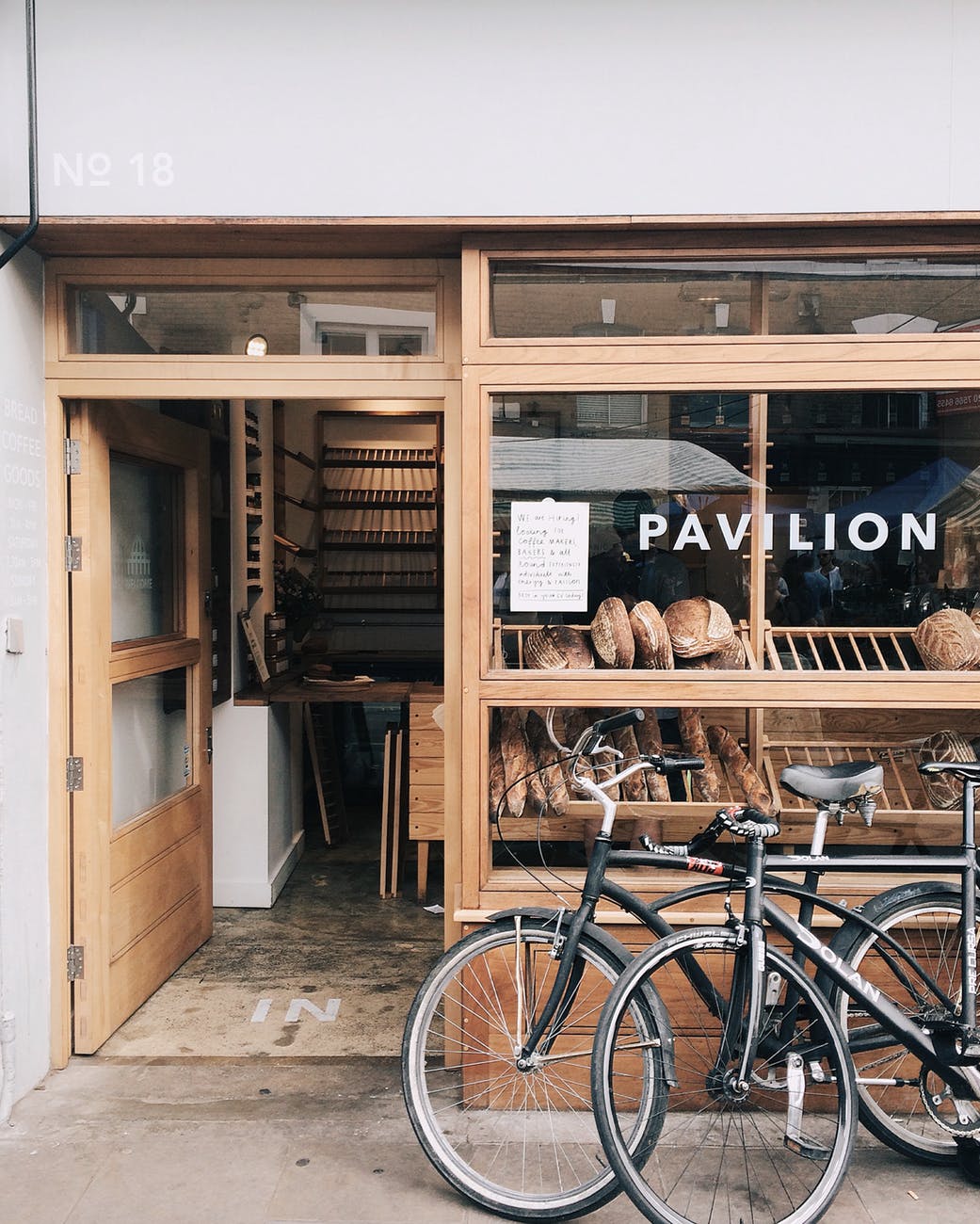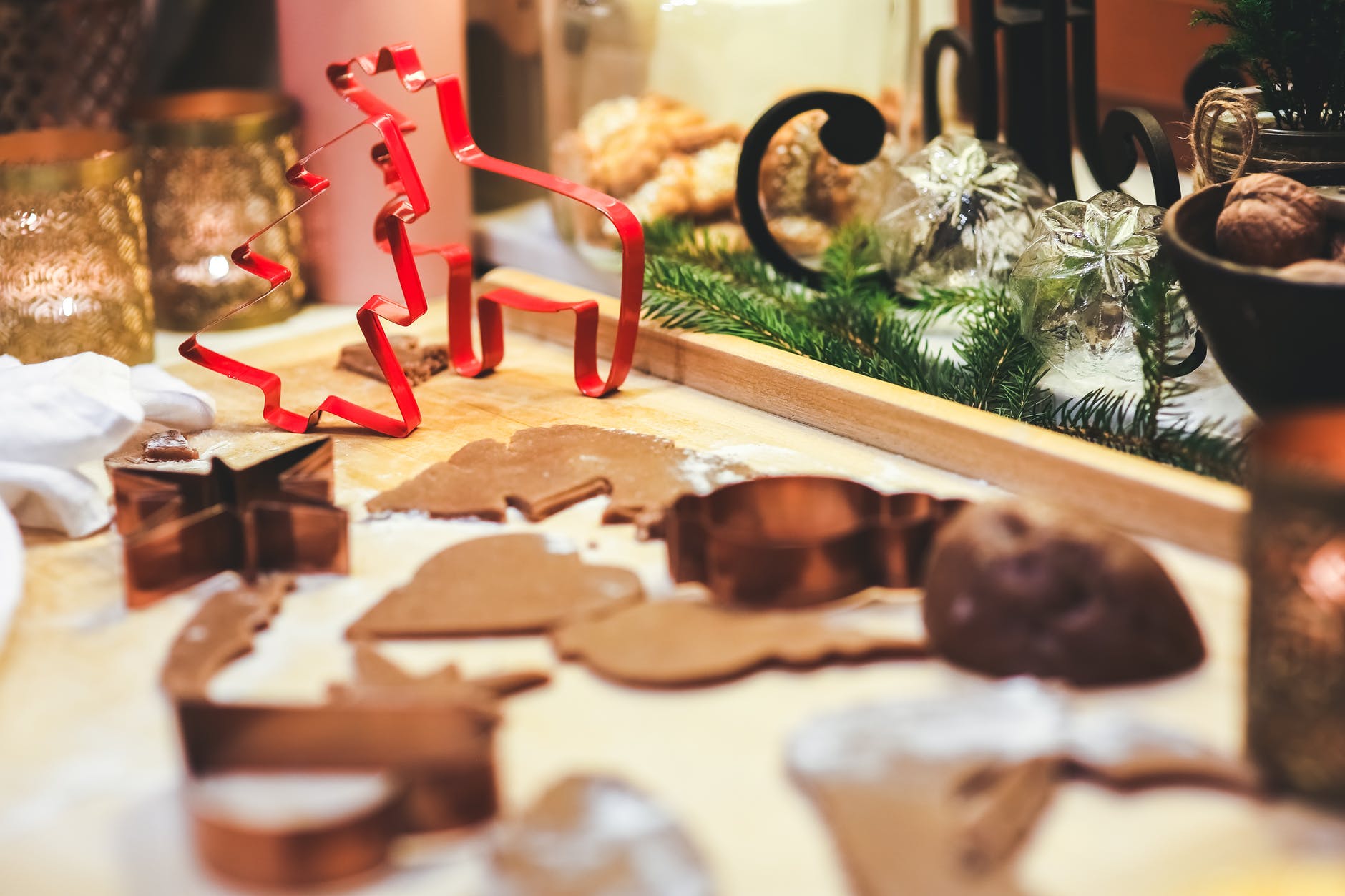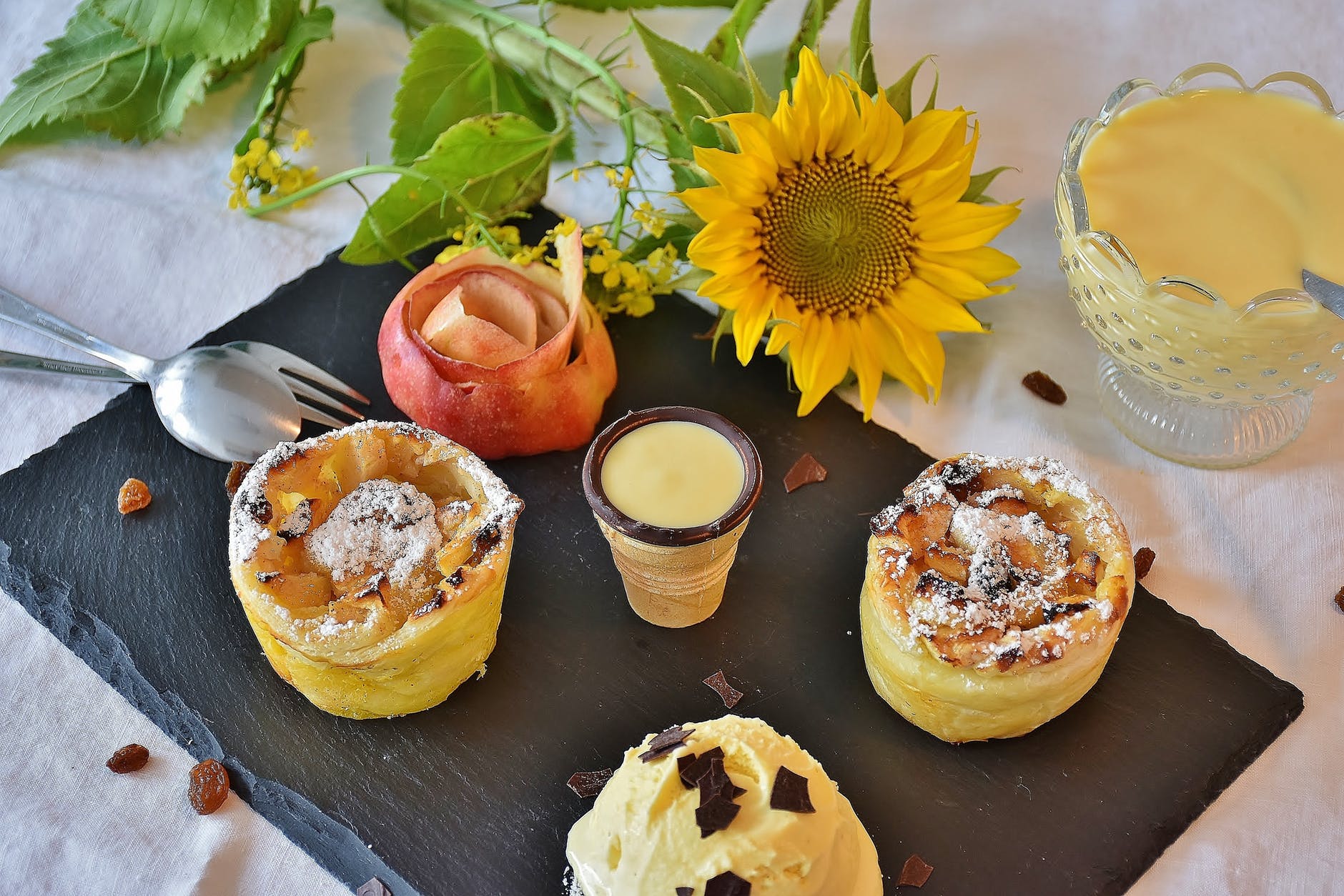| Disclosure: The links on this page are "Affiliate Links" and while these are shown at no costs to our viewers, they generate commissions for our website(s) |
The Basics of At-Home Bakeries
If the baking bug bites you, it’s hard to ignore the sprinkled-and-frosted sickness! Creating something to share with those you love to bring smiles to their faces is one of the best factors of time spent in your kitchen, and the beauty of the situation is that you can take the concept to a heightened dimension right in your home by constructing an in-home bakery. By doing so, friends, family, and complete strangers can enjoy tasty desserts and foods that you spend so much of your afternoon preparing—and you can cushion your bank account with the investment should the bakery become a financial hit.
Altogether, this means you can use a hobby you love to earn extra cash without having to leave your home. That’s a recipe (pun intended?) that’s hard to beat.
As enticing as the notion is, there are certain aspects of it that merit consideration before you fashion your home to fit a baking business. These aspects range from the higher concerns of legal issues to the lower concerns of décor, but if you step into the endeavor well-informed on these matters, you can have an at-home bakery that’s legal, efficient, and fun!

Know Your Local Standards
The steps and requirements involved in legally running a food service from your home can vary from state to state, so the first step in starting an in-home bakery is to familiarize yourself with the standards you have to follow. Kentucky, for instance, requires additional sinks, a separate entrance for the bakery, and separate storage places for foods that will be bakery-based. If you live in that state, you’re looking at a hefty investment of time, money, and space to make sure your area is up-to-code with what’s required.
Other areas might be more lenient on the terms, but even after you follow the set guidelines to construct the physical confines of the bakery, you still have to think of health codes and licenses. You’ll be up to your ears in legality and guidelines, and you’re dooming yourself to fail if you don’t consider those aspects. As soon as the in-home bakery idea surfaces in your head, check your local requirements and follow them precisely!
Know What You Want
Once you have a concrete idea about how you legally have to fashion your in-home bakery, it’s time to start wondering what *you’re* going for in constructing this business. Specifically, what kind of foods do you want to bake? Is this a bread shop, or a cookie place? Will you design wedding cakes? Are you available to cater to birthday parties? There are so many fundamental decisions that you have to make in order to prepare for this pursuit, and one of the main reasons is to make sure you have the right supplies at hand to tend to your final decision. A bread shop will logically require different tools than a business that decorates cakes, and you should think on these details to rightfully stock your tools.
Another concept to decide for yourself is how this business will be run—in person or online. If this entire shop is an online endeavor, you don’t have to worry about things like display cases and tables since no customers will be in the area. All you’d need are the fundamental details that allow you to legally create the food and a way to take and deliver orders. This online format, as it stands, is as basic as the bakery could possibly be.

If You’re Running an Open-Door Bakery
If you decide to allow customers to come in and browse your shop, think of ways to allow those customers to enjoy the experience—like tables and chairs. It’s customary, after all, for customers to have places to sit and enjoy their purchases, so be sure you have significant room in the area for multiples table and chairs sets for those seating purposes.
Essentially, you can fashion this entire room like a big kitchen and dining room that’s separated by a counter. The kitchen is your baking area with the required supplies, and the dining area is the customer-friendly territory with seats. The counter itself is best replaced with the glass casing you typically see for displaying baked goods so that customers can come to the register (placed near this showcase area) and see what they’re ordering. Overall, there’s not much difference in regard to fashioning this area beyond the legal requirements. Just make sure you have a casing instead of a standard counter, and make the dining area large enough for numerous sets of tables and chairs.
If You’re Selling Online
This really does limit the number of specifications you’ll need since there’s no need to provide customer comfort or to display your baked goods. If people are ordering online, photographs are acting as the showcase containers, and whether the products are delivered by hand or through the mail, customers don’t have to enter the bakery. For this circumstance, you only need your essential baking supplies and sufficient room—though those requirements come with their own demands anyway!
Baking things from scratch can include so many ingredients, and different types of baked goods call for various supplies. If you’re going to sell cakes and cupcakes, for instance, you could use a series of pans that come in different shapes, and you’ll need room to store all of those essential details. Whether you’re selling goods online or in a bakery then, plan your cooking spaces accordingly to provide plenty of cabinet and shelf space to house all of the ingredients and tools you’ll employ. Likewise, remember that some of these baking details can require a lot of room to see to—like rolling out cookie dough. Lots of counterspace is beneficial for those investments, so don’t cramp your space by small counters.
Providing extra room spills over into other areas as well, like making sure you have a heavy-duty oven, a large enough cooling rack (and the space on the counter for the cooling rack), and storage space to house all of the business-specific delivery details (like boxes and bags for the baked goods). Basically, if your dreams are to go big-time with your bakery, go big with your kitchen elements to give yourself the room to grow and work comfortably.

Easy Cleaning
Remember that there are, in fact, health codes that you need to follow for the sake of your in-home bakery, and you should keep those in mind from start to finish. To keep in top shape for this concept, make sure all of your surfaces are easy to clean—like a tile floor and marble counters—and be sure to provide a storage area for your cleaning supplies that’s separate enough from your food elements to prevent them from contaminating your food. It’s advisable to have a cleaning supplies closet off from your baking area, like you might expect for a laundry room or pantry that’s off from your kitchen. Once more, you can fashion this from a basic house design by just turning what would’ve been that laundry room or pantry to a storage closet.
You’re serving people food to enjoy, so be sure you’re allowing yourself every opportunity to prepare it in a clean and safe environment!
Décor
Whether you’re building a face-to-face or purely online business, you should consider the decorative elements of your bakery. If you’re providing an open-door bakery, these little touches can create a welcoming and enjoyable atmosphere for your customers. If your business is online, those aspects can provide inspiration and encouragement to you as you work and work and work to bake the perfect goods for your business. This might seem trivial, but giving yourself a work environment that looks like a bakery can keep your mind on your goal and remind you that you’re following your dream.
For these details, your color decisions and accent options are important, and they’re linked to what kind of bakery you’re planning to run. If you’re selling cookies and brownies that are for a younger customer base, choose bright, vivid colors and accents that inspire childhood feelings—maybe stuffed animals in corners and different colored chairs that are surrounded by posters of children’s movies. Should you decide to start a bread shop, something more grounded and neutral would work best, like basic wooden table and chairs sets with rustic accents. Cake decorating could be represented in a romantic, wedding-like feel of hearts and flowers.
In the end, just let your décor reflect the food and feel that you’re striving to deliver.
Overall
From start to finish, have your goal, theme, and state regulations in mind when designing your in-home bakery, and don’t veer from any of those details. Keeping to them through every step of the process can result in the in-home bakery of your dreams—one where you could sell your favorite food from the comfort of your own home in an atmosphere that makes you happy as you strive for your dreams.






